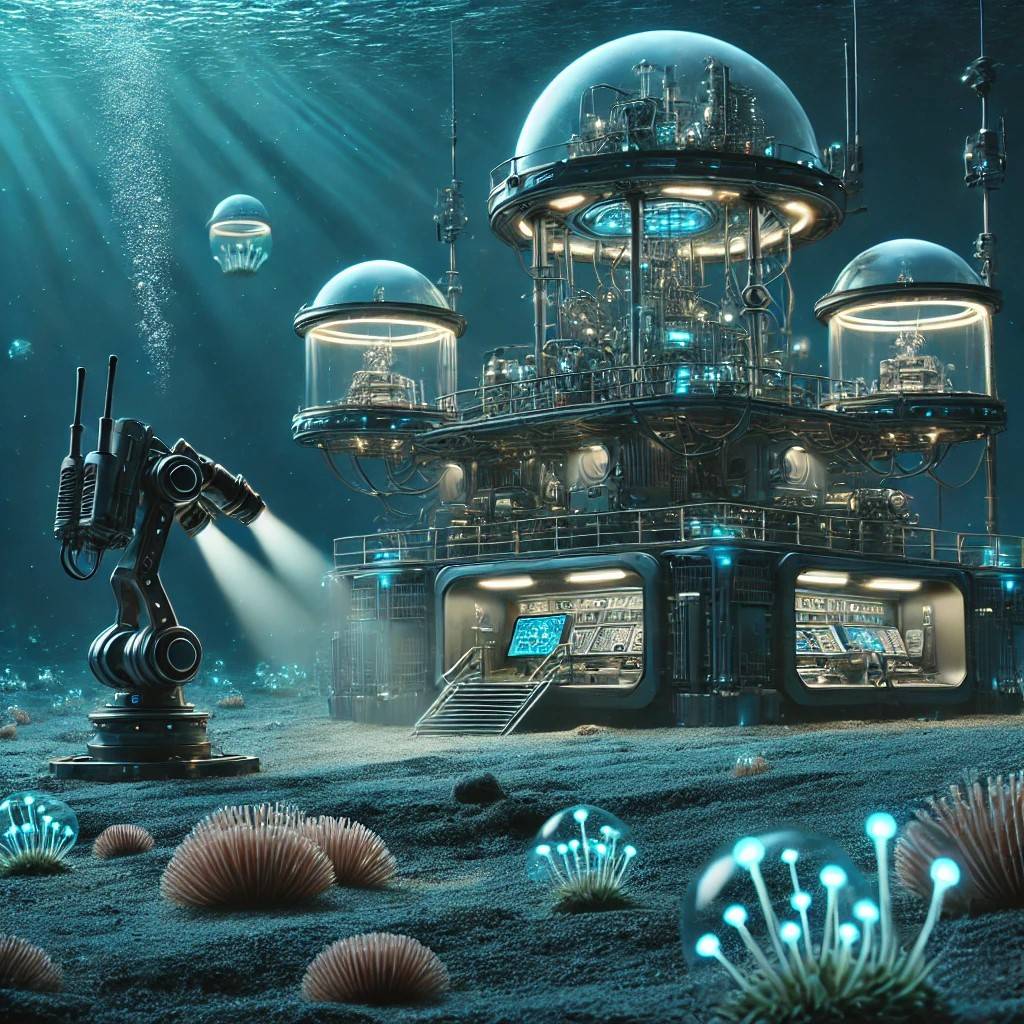Deep Sea Exploration: Unveiling the Mysteries of the Ocean
The deep sea is one of the least explored and most mysterious places on Earth. Covering over 70% of our planet’s surface, the ocean remains largely uncharted, with more than 80% still unexplored. Scientists believe that understanding the deep sea could unlock new scientific discoveries, medical advancements, and even clues about Earth’s past. But what does deep sea exploration involve, and what challenges must be overcome?
The Importance of Deep Sea Exploration
Discovering New Species – The deep sea is home to countless unknown species, from bioluminescent creatures to bizarre deep-sea fish. Each discovery expands our understanding of marine biodiversity and evolution.
Understanding Earth’s Climate – Oceans play a crucial role in regulating Earth’s climate. Studying deep-sea currents and marine ecosystems helps scientists predict climate changes and their global impact.
Medical and Pharmaceutical Innovations – Many marine organisms produce unique chemical compounds that have potential medical applications, such as antibiotics, painkillers, and even cancer treatments.
Exploring Natural Resources – The deep sea contains valuable minerals, oil, and gas reserves. While deep-sea mining is controversial, it has the potential to support future resource demands if conducted sustainably.
Studying Extreme Environments – The deep sea's extreme conditions, including high pressure, cold temperatures, and lack of sunlight, provide insight into life’s adaptability and the potential for extraterrestrial life on other planets.
Challenges of Deep Sea Exploration
Extreme Pressure and Cold – At depths of thousands of meters, the pressure is immense, requiring advanced submersibles and remotely operated vehicles (ROVs) to withstand the conditions.
Limited Visibility – Sunlight cannot penetrate deep into the ocean, making exploration dependent on artificial lighting, sonar, and advanced imaging technology.
High Costs and Technical Barriers – Developing and deploying deep-sea exploration equipment is expensive, requiring sophisticated technology and specialized research teams.
Environmental Concerns – Human activities, such as deep-sea mining and trawling, pose risks to fragile deep-sea ecosystems. Responsible exploration is necessary to avoid long-term ecological damage.
Technologies Used in Deep Sea Exploration
Submersibles and ROVs – Vehicles like Alvin and Deepsea Challenger allow scientists to explore extreme depths and collect samples.
Sonar Mapping – Advanced sonar technology helps create detailed maps of the ocean floor, revealing underwater mountains, trenches, and shipwrecks.
Deep-Sea Diving Suits – Specially designed suits protect divers from high pressure, enabling direct human exploration in deep waters.
Autonomous Underwater Vehicles (AUVs) – These robotic explorers operate independently, scanning the ocean floor and collecting data for researchers.
The Future of Deep Sea Exploration
With advancements in AI, robotics, and autonomous vehicles, deep-sea exploration is becoming more accessible than ever. Governments, private organizations, and research institutions are investing in oceanic missions to unlock the mysteries hidden beneath the waves. From discovering new life forms to finding sustainable resources, deep-sea exploration holds the key to many of Earth’s untold secrets.
As technology advances, humanity will continue to push the boundaries of knowledge, proving that the deep sea—just like outer space—remains one of the final frontiers for discovery and innovation.


